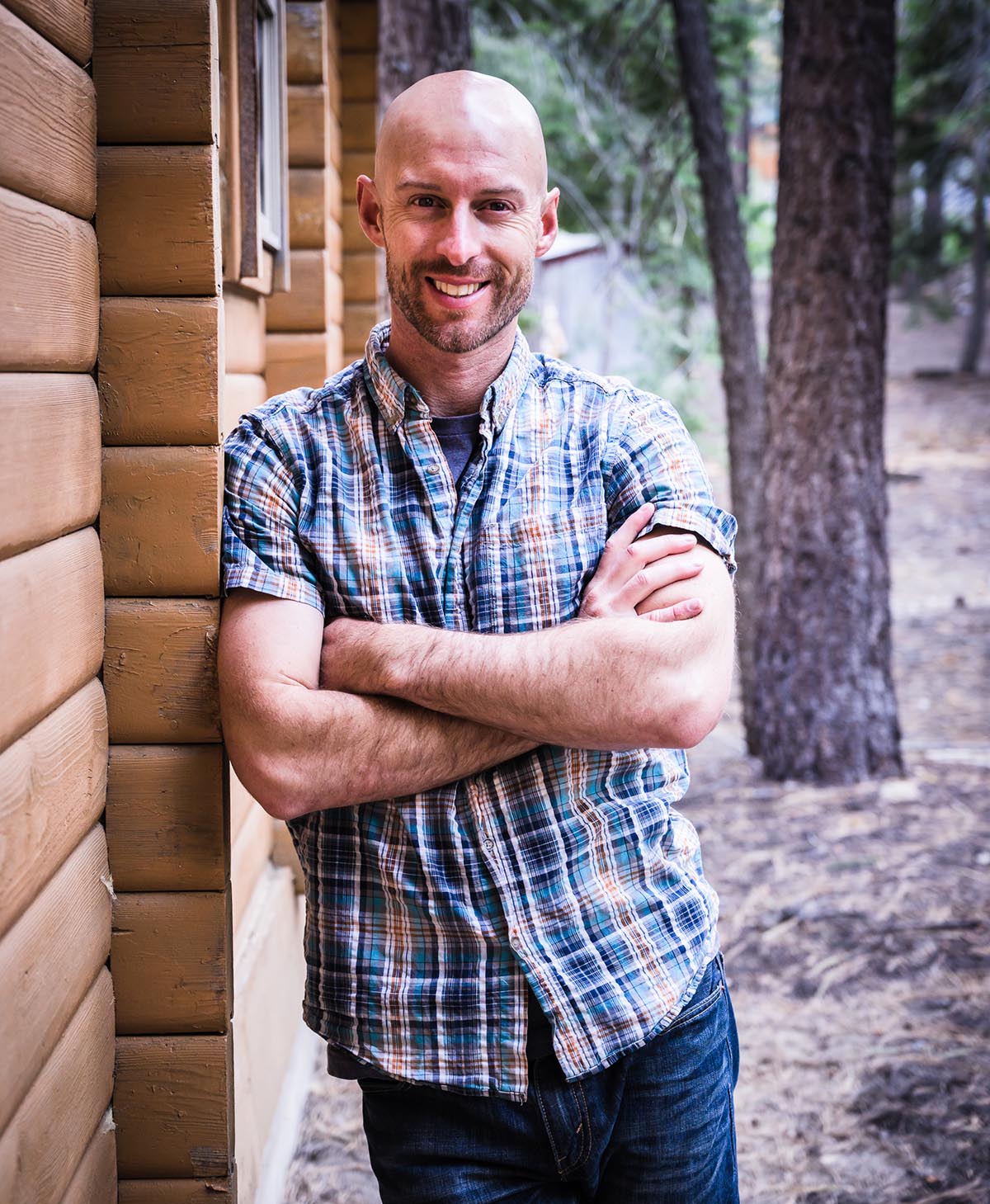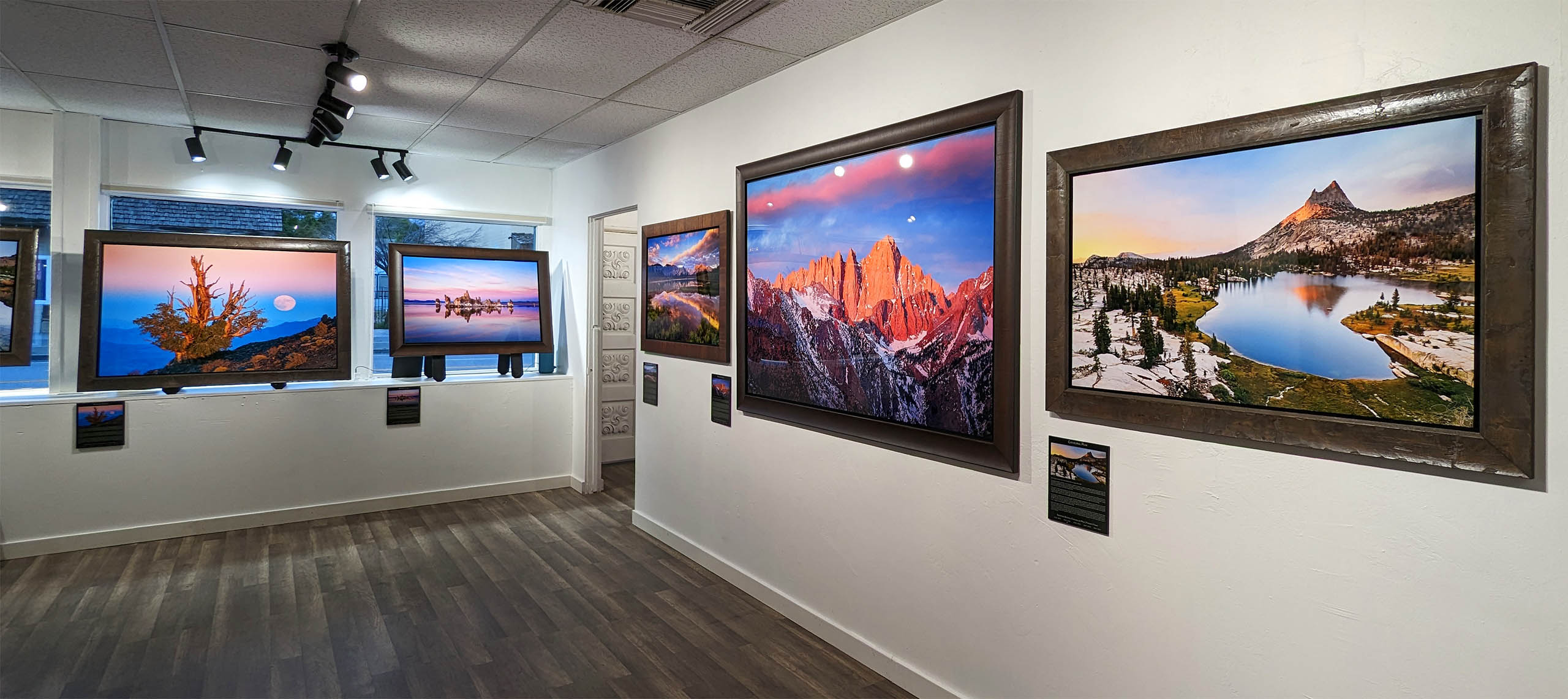Joshua Cripps
How I Got The Shot: Stirling Falls, New Zealand. Behind the Scenes Landscape Photography
- No Comments
Greetings my excellent friends. It’s Josh Cripps here. I’m going to be starting a new series here on the channel where I talk about the behind the scenes of some of my favourite or most well-known or signature photos. And I’m going to talk you through exactly what the shot is, how I got it. Some of the challenges I faced and exactly what went into the making of the photo and to kick things off. I want to start with this photo from New Zealand. This is an image of Sterling falls, which sits in Milford sound one of the most spectacularly, beautiful places on the planet. And this is the very base of the false note Sterling. It’s a pretty big falls. It’s about 500 feet tall, and it only looks small in photos because it’s dwarfed by the mile high mountains next to it. But this is the very bottom of the falls.
And one of the things that makes Sterling so unique is that it plunges 500 feet to land directly on the ocean’s surface. So that’s what we’re looking at here. You’re looking at the falls where the water plunging from the sky impacts the ocean and it creates these radiating patterns of waves and wind coming out from the base of the false. Nope. This is a photo that I did not come up with. The concept of, I’d actually seen photos like this before on the internet and in various galleries around New Zealand. But it’s one of those places that when you get there and you see this, you are compelled to shoot this. It’s like a slap you in the face kind of thing. And you just got to capture it in your camera. Now I’ve been to this falls blue probably 10 times, and you don’t always get to see these exact patterns.
It depends on the wind. It depends on how much water is coming down. It depends on all kinds of stuff, all kinds of conditions, the day of, but on this particular trip, I got really lucky and we have the most perfect symmetric patterns you can imagine. And as we came up around the edge of the falls on the boat, I was absolutely mesmerized by that radiating symmetry. So I knew I wanted that to be the cornerstone of my composition. And that’s why this photo is very symmetric. It’s split almost exactly 50 50 with that rock in the dead center, both vertically and horizontally, the horizontal symmetry is pretty obvious, but the reason that I chose vertical symmetry for this composition is that I wanted to show an equal impact between the water falling and the consequence of that water, which were those radiating patterns. And that’s what I endeavored to capture in this image.
Now, as the boat came around the corner, I did shoot quite a few of shots of a similar composition. This just happened to be the one in the end that I liked the best. So let’s take a really quick look at the settings here and exactly why I chose these values. Okay, so this was taken with a Nikon D eight 10 using the ni core 24 to one 20 lens. And I was using that lens because it allows you to really quickly move between fairly wide shots and kind of mid range telephoto shots. And that’s one of the most fun and exciting things to do at Sterling falls is to shoot all these different kinds of compositions from wide to intimate. Now, possibly I could have really quickly tried to change lenses as we came up to the falls, but I was lining up some test compositions and I really liked the way 24 millimeters looked.
So I just stuck with it because it’s a pretty frantic thing when you’re there at Sterling. And I’ll talk about that in a second. Next, you’ll see that it’s at F eight and given that the base of the falls is probably a good 70 feet away from where I was shooting. I deemed that sufficient to get me depth of field throughout the entire frame. Now the front corners of the image are actually a tiny little bit soft, but I’m not going to worry about it because it’s water and it’s moving anyway. So it’s not really a distraction or even noticeable. The most important settings though that I want to talk about for this image is the shutter speed. And, uh, the ISO, which is sort of a supporting character. I shot this at a 60th of a second. And given the fact that I was already set at F eight, I chose the ISO to be two 50 so that I could get a good exposure because I really wanted my shutter speed to be a 60th of a second.
And I wanted that shutter speeds very specifically, because it was a great compromise between motion and static water. In other words, a 60th of a second was slow enough to show the movement of the water falling from the sky, but fast enough to capture the details of the waves and rivulets and patterns radiating out from the bottom of the falls. If I had chosen a long shutter speed that you would typically do to shoot a waterfall like one second, this would all just be a big blur. And if I had gone really fast, the other side say like two thousands of a second, then everything would be too frozen, too static. There wouldn’t be any dynamicism within the photograph. Now creating this photo came with a huge suite of challenges. So let’s get into what those were. The first big challenge in shooting Sterling falls is that you have almost no time at the location, the only way to get there, because this is a falls again, that falls directly into the ocean is on a boat.
All right. And perhaps you could charter a boat to take you out there and spend a little bit more time. But the easiest way is simply to book onto one of the commercial Milford sound cruises, which is a wonderful experience in its own, right? But because these cruises have such a strict timeline, they only give you about three to five minutes at Sterling falls, which is not a lot of time. And so you need to be ready to shoot when you get there. And so the way that I like to solve that challenge of not having very much time is to be prepared, be prepared, be prepared, be prepared, be prepared, be prepared. Okay. So what does that, what does being prepared look like in this particular situation? Like I mentioned, I’ve been to Sterling falls quite a few times and I’ve known just from experience.
What kinds of shutter speeds look best with the way that the water moves in this particular waterfall? And so I basically had my camera preset to those settings, and I also knew that we would be in full shade just because of the geometry of the sound and the time of day. So I was able to prep my exposure in advance. Then as the boat was coming up around the corner towards the falls, I started rattling off test exposures just to make sure all my settings would actually work. So in the moment I wouldn’t have to worry about, Oh, notably have enough depth of field or as listener speed, the wrong size. I know shutter speeds. Aren’t sizes, just deal with it. And unfortunately, that’s something that has just come with experience. My first few times out at Sterling falls, I didn’t get that great of photos because I didn’t know what to do with my camera settings, but after repeating the process over and over and over, it got me to a point where I could simply shortcut to the end and get the results that I wanted to arguably the bigger challenge when you’re shooting at Sterling falls is that you’re on a moving boat.
So the boat comes in and it gets up as close as it can to the falls. But it’s also swaying and rocking and moving back and forth. So you can’t use a tripod, even if you wanted to do a nice long exposure, your camera would do this. And the photo would look like that. So you can’t use a tripod. You have to be nimble. You have to be able to move around quickly as the boat is pivoting. One of the things that I found actually, that works pretty well is to use your tripod like a monopod, just stick one leg out. Now that gives you some extra stability, but you can also pivot off the ball ahead. If you keep it loose, to allow you to quickly adjust, adjust your compositions and go with the flow of the boat. And it’s also really important that you use vibration reduction or image stabilization, that’s going to help a ton for locking in the details of the rocks while the water is falling in front of them.
And again, this is one of the other big reasons that I need a 60th of a second shutter is so that I can maintain some detail in the static elements of frame. So that’s how you kind of solve the moving boat problem. There it’s Sterling. And the final big challenge you have to face is spray. This is a big falls. It generates a lot of wind and a lot of outflow when the water hits the ground. And this is a pretty easy one. You just gotta have wipes wipes, everywhere, stick wipes in your pocket, put them in your camera bag, tuck one behind your ear, right? And just have that wipe ready, take a couple of shots, white, couple of shots, wipe it. And the wipes that I like to use go digging back in the Crips cave. There are these ones you can see this box has gotten a lot of use are called Kim wipes.
They’re paper wipes are used for like laser experiments and other cool sciency stuff. But I love them for photography because they’re very absorbent and they’ll just pull water right off the front of your lens. You don’t need any lens cleaner or anything like that. Just give it up and you’re good to go for more shooting. So that was the process of coming up to envisioning, seeing the conditions, knowing the kind of composition I want, knowing the settings that I needed in order to capture the photo, then just focusing, shooting, checking, wiping, focusing, shooting, checking, wiping to ensure that I got a photo that I was happy with. So all of that, all of those times on those cruises, all of those visits to Sterling falls resulted in this photo, which I’m extraordinarily happy with, but it started off as a raw file, of course. And so I want to talk a little bit about the processing that I used to get it to the final form compositionally.
The raw file is essentially identical to the final image. I just did a tiny little bit of cropping on the right hand side to make that rock dead center in the middle. Then honestly, it was a matter of adding contrast and doing some dodging and burning to bring out the details and patterns in the waves, and to add a little bit of a kind of darker, mysterious, moody vibe to the whole photo. So the processing was not extreme or complex. It was simply effective to bring out the things that I wanted to bring out to result in this final photograph.
And that’s going to do it for this kickoff episode of how I got the shot or how I took the photo or how, however, I figure out what I’m going to title this series. I hope this was interesting and educational and helpful for you and gave you a little bit of insight into my own thought process when I’m out in the field shooting, be sure to stick around for another episode of these coming up soon. In the meantime, this is Josh scripts signing off until next time have fun and happy shooting.



